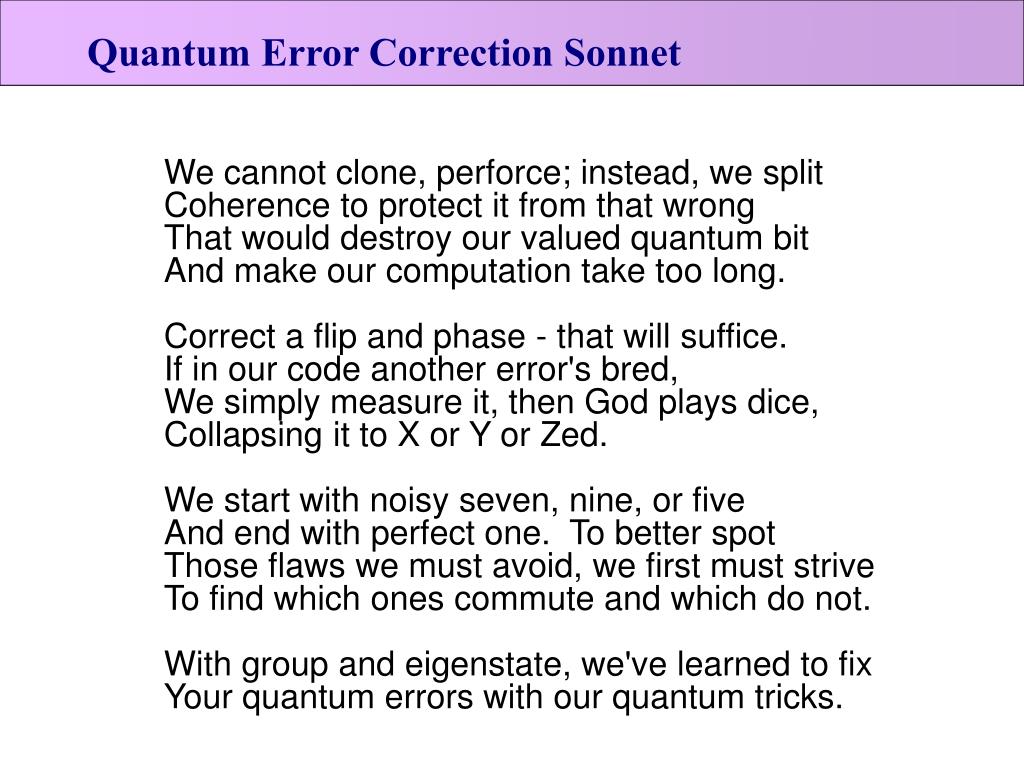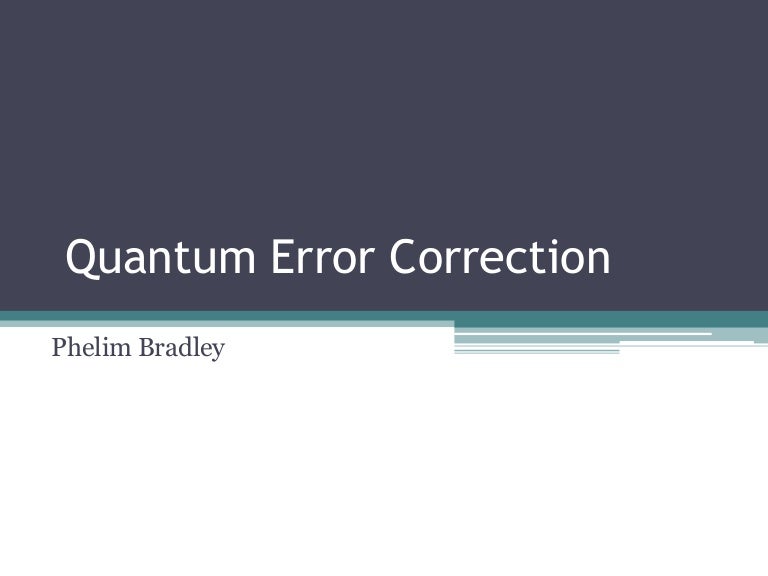
“T gates are very fundamental operations,” explains theoretical physicist Markus Müller. Now, for the first time, it has been possible to implement two computational gates on these fault-tolerant quantum bits, which are necessary for a universal set of gates: a computational operation on two quantum bits (a CNOT gate) and a logical T gate, which is particularly difficult to implement on fault-tolerant quantum bits. The quantum information was stored in two logical quantum bits, each distributed over seven atoms. The team of researchers implemented this universal gate set on an ion trap quantum computer featuring 16 trapped atoms. “For a real-world quantum computer, we need a universal set of gates with which we can program all algorithms,” explains Lukas Postler, an experimental physicist from Innsbruck.

The team led by Thomas Monz of the Department of Experimental Physics at the University of Innsbruck and Markus Müller of RWTH Aachen University and Forschungszentrum Jülich in Germany has now succeeded for the first time in realizing a set of computational operations on two logical quantum bits that can be used to implement any possible operation. Because the fundamental laws of quantum mechanics forbid copying quantum information, redundancy can be achieved by distributing logical quantum information into an entangled state of several physical systems, for example multiple individual atoms. Quantum computers are inherently much more susceptible to disturbances and will thus probably always require error correction mechanisms, because otherwise errors will propagate uncontrolled in the system and information will be lost. However, for critical applications, where even single errors can have serious effects, error correction mechanisms based on redundancy of the processed data are still used. In modern computers errors during processing and storage of information have become a rarity due to high-quality fabrication.

Open Access publishing of Master and PhD Thesis.Recognition and allocation of ECTS-Credits.Asylum seekers and recognized refugees: MORE-Initiative.University entrance qualification examination.Bachelor's / Diploma / Secondary school teacher accreditation programme.This scholarship will be awarded to the first competitive applicant submitting an application. The ideal candidate would have an excellent undergraduate record, particularly in quantum theory related courses and would have some research experience in theoretical quantum optics. This joint project between UQ and DTU will combine cutting edge science with the latest quantum optical technology in an international program to realize the next stepping stones towards practical, error corrected quantum channels. The research groups of Prof Ralph at the University of Queensland and Prof Andersen and Dr Neergaard-Nielsen at the Technical University of Denmark (DTU) have pioneered theory and initial demonstrations of such techniques using approaches based on continuous variables. One promising direction is to apply quantum error correction techniques based on linear optics and quantum teleportation to the communication channels.

However, distributing quantum states is challenging because of the detrimental decoherence effects caused by transmission through communication channels. The ability to communicate quantum states over long distances is key to numerous quantum technologies of the future such as absolutely secure communications, ultra- precise networks of clocks and distributed quantum computing. You will be associated with UQ as the lead institution, however, you will spend at least 6 months at DTU over the course of your degree. Through the UQ-DTU Joint PhD Supervision Program you can receive a scholarship to study at two leading universities on projects with supervisors from each institution guiding your research. The University of Queensland (UQ) and Denmark Technical University (DTU) have partnered on a Joint PhD Supervision Program to bolster our joint global research impact.


 0 kommentar(er)
0 kommentar(er)
